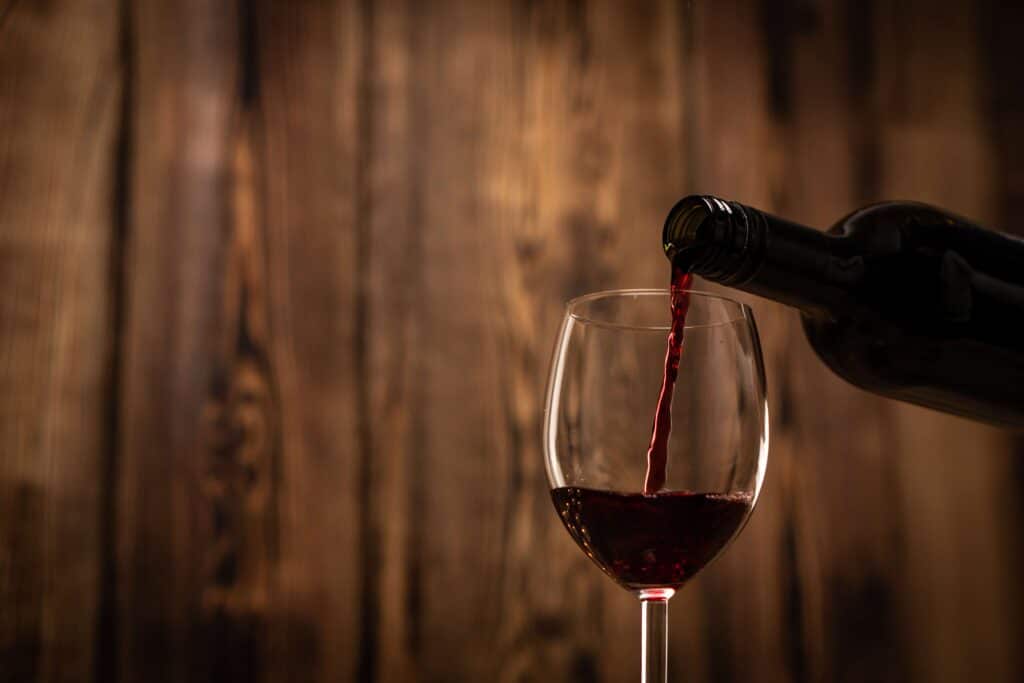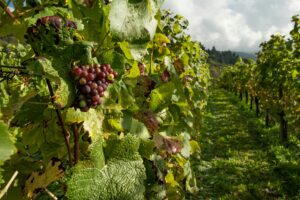While wine is a relatively stable market, many elements can impact the vintage and production of winemaking, including frost, drought, insects, flavescence dorée (disease) and fungus, to name a few threats to vineyards and wine production!
All wines have a year date stamp on the container; this date lets you know when the grapes were harvested and are known as the ‘vintage’. We look at why this is important and what makes one vintage wine better than another.
Climate change will inevitably have an impact on winemakers.
Some traditionally cooler climates are reportedly experiencing warmer temperatures and, as a result, more flavourful fruit and wines. In contrast to this, many traditionally warmer locations are experiencing megadroughts and wildfires, which are devastating their vines.
Thankfully, grapevines are hardy and can bounce back with care and attention. Winemakers also tend to be robust and resourceful, so a problem rarely stays without a solution for long. They tend to do everything within their power to ensure they can consistently produce drinkable, award-winning or collectable wine year on year. A poor vintage can still produce high-quality wine in the right hands and vineyard management.
HOW THE WEATHER AFFECTS VINTAGES OF WINE
Weather changes are probably the biggest concern in the vineyard as that can greatly impact the quality of the wine produced.
In cooler years, grapes do not ripen as much as in sunnier years, producing an entirely different style of wine that can be jammier and increase the alcohol levels. Frost can change the yield a winemaker is expecting to receive. Heavy rainfall can cause the grapes to become watery, dampness or humidity can cause them to suffer from rot, and a hail storm can decimate a grapevine crop in minutes.
Bordeaux in France can experience a greater variety of weather which is why they are noted for producing a greater variation in vintage. While in places like Chile, the weather is consistently hot and dry and therefore, they tend to produce a more consistent vintage in Chile, although every bit as complex and enjoyable.
Larger wine brands will take advantage of blending grapes from different regions to ensure consistency each year. In contrast, smaller producers tend to accept the variations and instead use them to their advantage by producing a smaller and more sought after release.
VINTAGES OF CHAMPAGNE
Champagne vintage is different to the vintages of wine; it doesn’t always have a vintage on the label and can be labelled as non-vintage, which means it has been blended from different vintages.
True Champagne has to be grown and produced within the regions in Northern France, which has a variable climate that isn’t too hot, which results in some of the grapes not ripening fully. Blending vintages is the way to create consistency.
The sign of very good Champagne is the vintage on the label. This will let you know that the Champagne was produced from healthy grapes that could ripen fully due to the good weather conditions.
Wines that are noted to have a good vintage will often be of higher quality and, in turn, a higher price point. This is why the vintages of wine are such an important factor whether you are enjoying wine to drink, collecting or investing in wine, more so for the lantern, of course.







